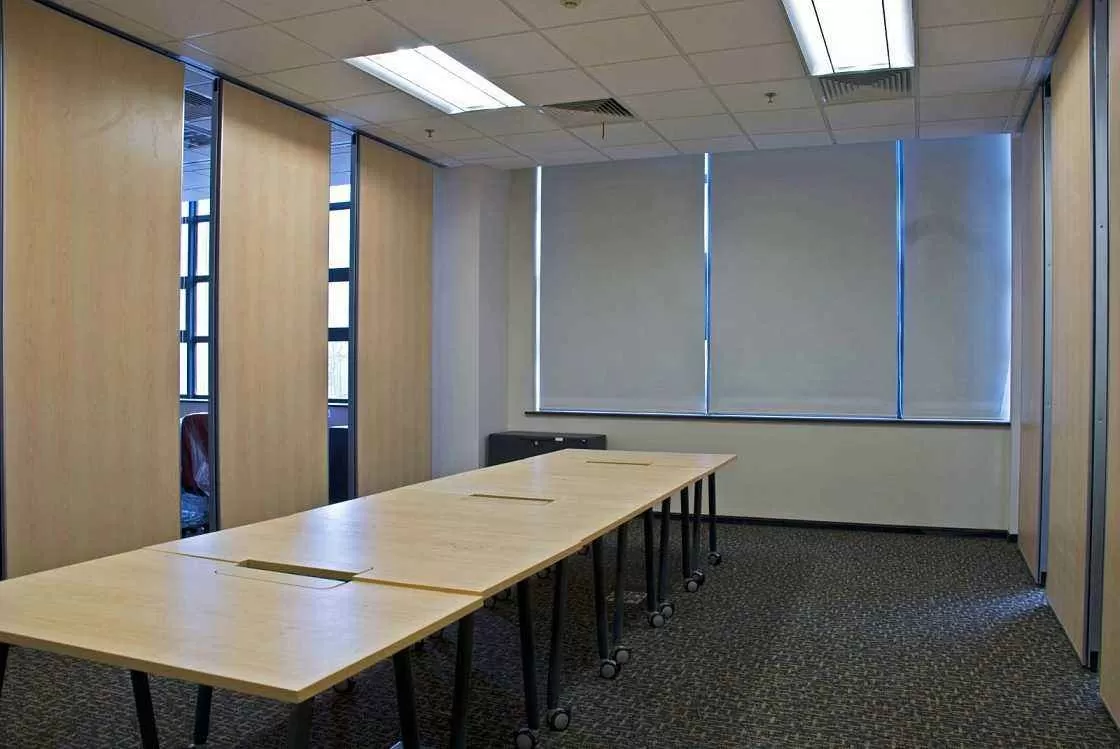When managing an educational institution, the intricacies of payroll and accounting often overlap, creating a significant challenge for administrative teams. The task of tracking staff salaries, tax deductions, and benefits can quickly become overwhelming. That’s where modern payroll systems come in. In places like Cheltenham, where educational institutions are relying on accounting and payroll Cheltenham services, the use of automated systems is transforming the way finances are handled. These systems don’t just save time; they create a seamless connection between payroll processing and overall financial management, enhancing accuracy and efficiency.
Improving Financial Visibility and Reporting
One of the greatest benefits of using payroll systems is the real-time visibility they offer into an institution’s financial health. With a system that automatically updates payroll information, administrators can quickly access data on employee wages, tax obligations, and other deductions. This level of transparency is crucial for decision-making, budgeting, and financial planning.
For educational institutions, this visibility helps ensure compliance with local education funding regulations. The system can automatically generate detailed reports on payroll costs, which can be used for audits, year-end reporting, and long-term budget planning. Having this information readily available eliminates the need for time-consuming manual data entry, ultimately streamlining accounting processes.
Streamlining Compliance and Reducing Errors
Educational institutions must comply with a variety of tax regulations, from employee tax withholdings to pension contributions. Payroll systems ensure that all these complex regulations are adhered to by automatically calculating the correct deductions. For administrators, this is a huge relief, as it minimizes the risk of costly errors that could arise from manual entry.
With accounting and payroll services, institutions also gain access to expert advice regarding regulatory changes and tax laws. These services often come with built-in compliance checks that automatically update as tax rules evolve. This ensures that educational institutions remain compliant without having to track every change manually.
Simplified Employee Access and Communication
Another way payroll systems improve efficiency is by providing employees with self-service options. Teachers, staff, and contractors can access their pay stubs, tax forms, and benefits information at any time. This reduces the administrative burden on HR departments and gives employees more control over their payroll data.
The ability to securely access information like salary details or previous payslips means fewer questions and fewer requests for copies. This leads to quicker resolution of issues and greater satisfaction among staff members, who are often juggling teaching and other duties.
Reducing Administrative Costs
For educational institutions, time is money. Payroll systems can significantly reduce administrative costs by automating time-consuming tasks. Tasks like calculating hours worked, distributing pay, and preparing tax documentation are streamlined and automated. As a result, staff who once dedicated hours to payroll processing can focus on more strategic activities within the institution.
By integrating payroll with accounting systems, educational institutions reduce the need for duplicate work, leading to lower costs and more efficient operations. Additionally, because payroll systems can handle complex calculations with minimal errors, fewer resources are needed to manage payroll-related disputes or rectifications.
Future-Proofing Payroll Systems for Growth
As educational institutions expand and adapt to changing educational needs, the scalability of payroll systems becomes a crucial asset. Modern payroll systems are flexible, allowing for adjustments as the institution grows in size or takes on new types of employees. Whether it’s adjusting for an influx of part-time faculty or handling additional state-mandated benefits, payroll systems can handle the changes without requiring a complete overhaul of accounting structures.
With accounting and payroll Cheltenham services, educational institutions can also benefit from the latest updates in payroll technology, ensuring they remain ahead of the curve and ready for future challenges.
Conclusion: A New Era for Educational Accounting
In an educational environment where resources are often stretched thin, adopting automated payroll systems is no longer a luxury—it’s a necessity. These systems make payroll management smoother, more efficient, and more accurate. By integrating payroll systems with accounting functions, educational institutions in Cheltenham and beyond can streamline operations, reduce errors, and improve financial visibility. Most importantly, they provide staff with the confidence that their payments are accurate and timely, helping institutions maintain focus on their true mission: educating future generations.
With these systems, the future of financial management in educational institutions looks brighter and more efficient than ever before.





